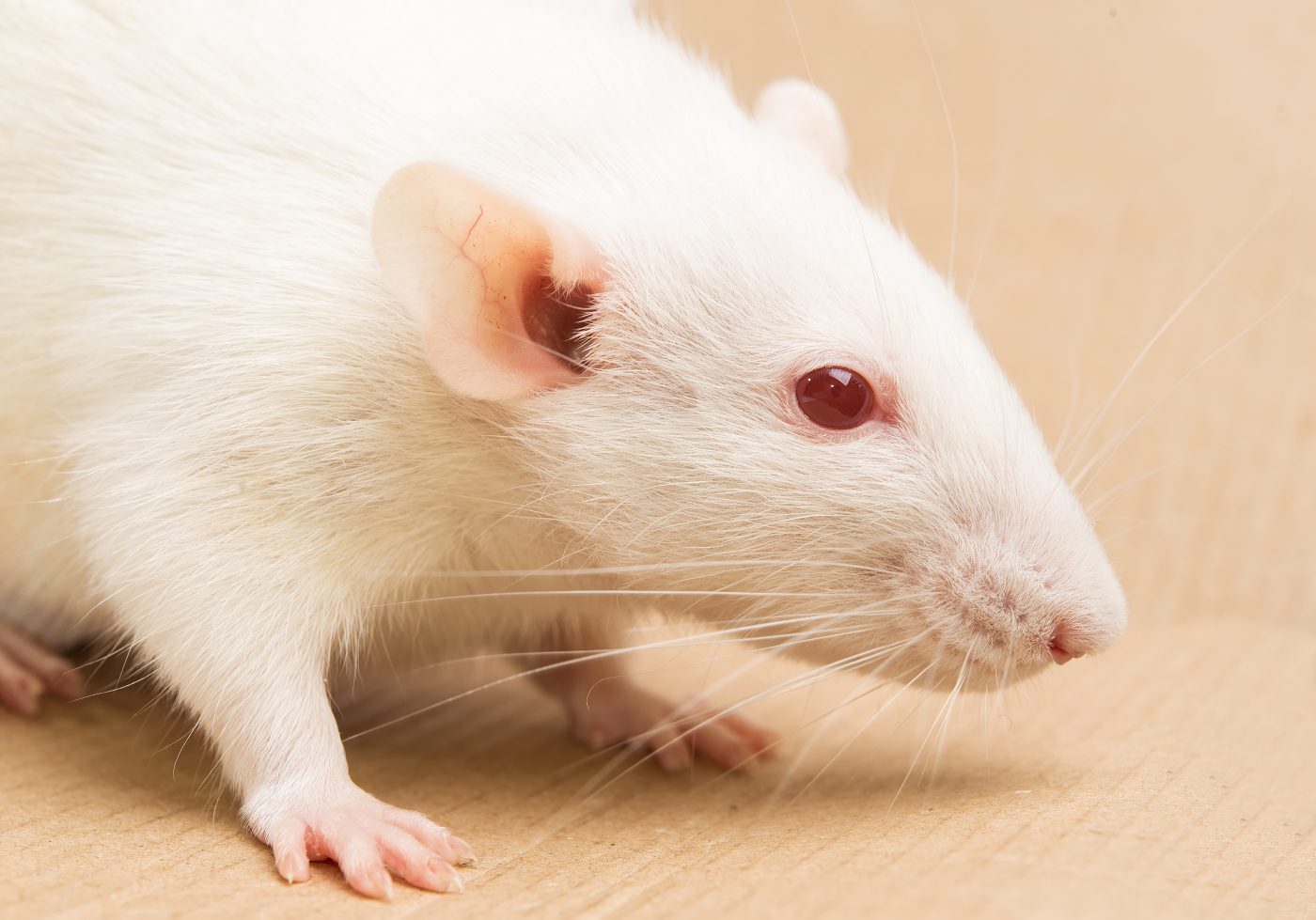Women with endometriosis who are having difficulty conceiving may have a treatment option in the future. A group of researchers from V. N. Gorodkov Ivanovo Research Institute of Maternity and Childhood at the Ministry of Health of the Russian Federation conducted a study that compared ways of delivering “Vilon” to a rats with modeled endometriosis. The team found that intraperitoneal application of “Vilon” was most efficacious in restoring normal reproductive function to the rats.
Infertility is common in endometriosis, with the condition causing 30-40% of cases of infertility. It is thought that endometriosis results from endometrial fragments that enter the peritoneal cavity via menstrual reflux. These fragments implant and grow in the intraperitoneal cavity, disrupting normal reproductive function.
“There is still no consensus about the treatment tactics for infertile patients with external genital endometriosis,” wrote Dr. E. S. Aleksinskaya, lead author of the study, “Comparison of Treatment Options for Experimental Endometriosis in Rats,” which was published in Bulletin of Experimental Biology and Medicine. Some groups have attempted to use immunomodulators to treat endometriosis due to the hypothesis that disturbed immune control causes imbalances in the peritoneal cavity that foster the ectopic growths. “In light of this, the search for new drugs modulating these processes is a priority task,” commented Dr. Alexsinskaya.
The research team chose to investigate “Vilon,” which is a modern immunomodulator officially termed synthetic thymus dipeptide vilon (Lys-Glu). They needed to use rats in the study, as multiple invasive surgeries were required to compare routes of administration.
Three weeks after inducing endometriosis in rats by transplanting fragments of the left uterine horn to the anterior peritoneum, the team attempted to treat the rats using one of four methods. Surgery, subcuatneous injection of “Vilon,” surgery with subcutanous injections of “Vilon” after surgery, and surgery with intraperitoneal application of “Vilon” during surgery were the experimental groups.
All groups were compared using reproductive function as the outcome, and they were also compared to control rats without induced endometriosis and rats with endometriosis but no treatment. Induced endometriosis caused the diestrus phase and estrous cycle to elongate, and the rats had fewer pups compared to normal rats. Intraperitoneal administration of “Vilon” allowed the rats to have a significantly shorter diestrus phase and a significantly shorter estrous phase. Additionally, intraperitoneal “Vilon” allowed the number of days to pregnancy in the rats to be more similar to that of controls.
“The experiments demonstrated that surgery combined with intraperitoneal application of ‘Vilon’ is a promising option in the treatment of endometriosis,” concluded Dr. Aleksinskaya. More tests would be needed before conducting clinical trials, but the results of this study are encouraging.

